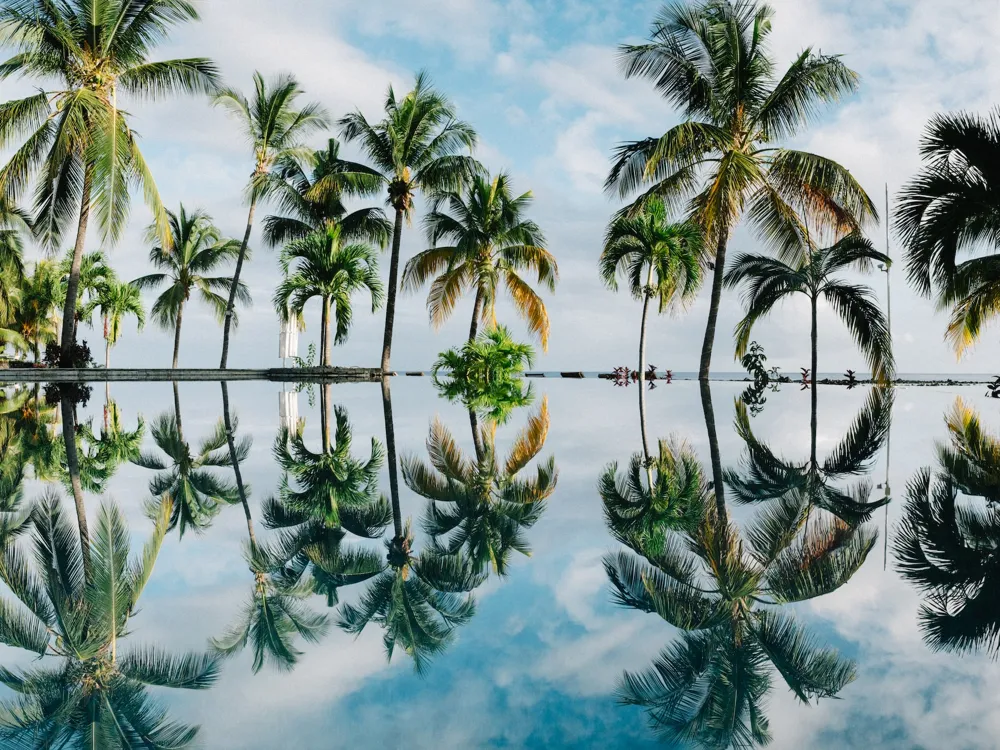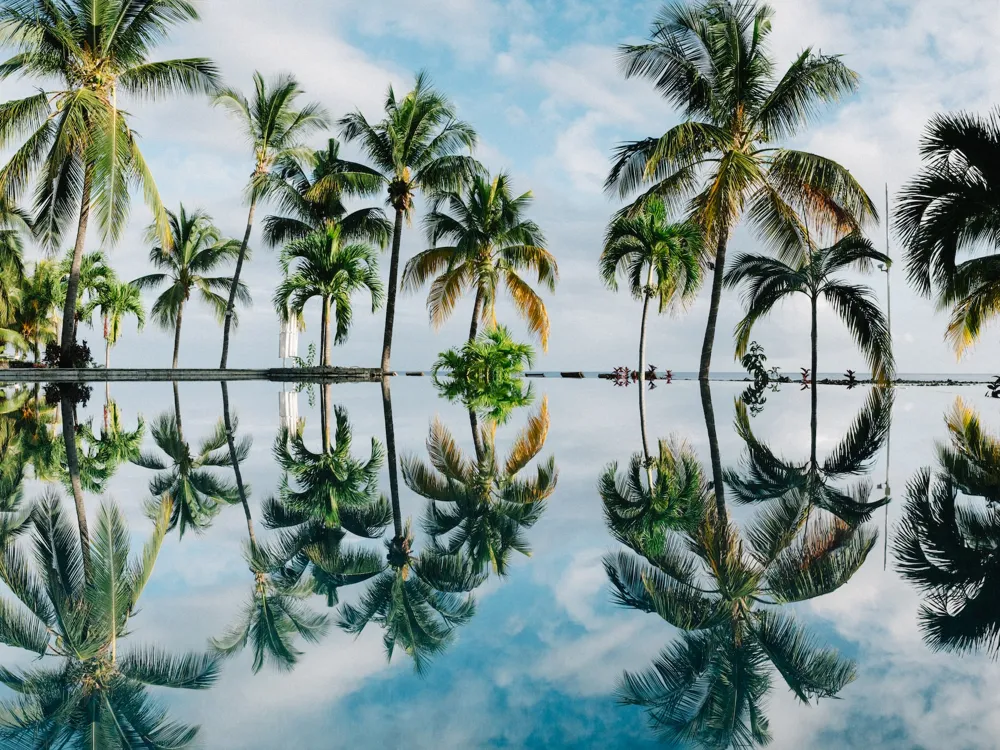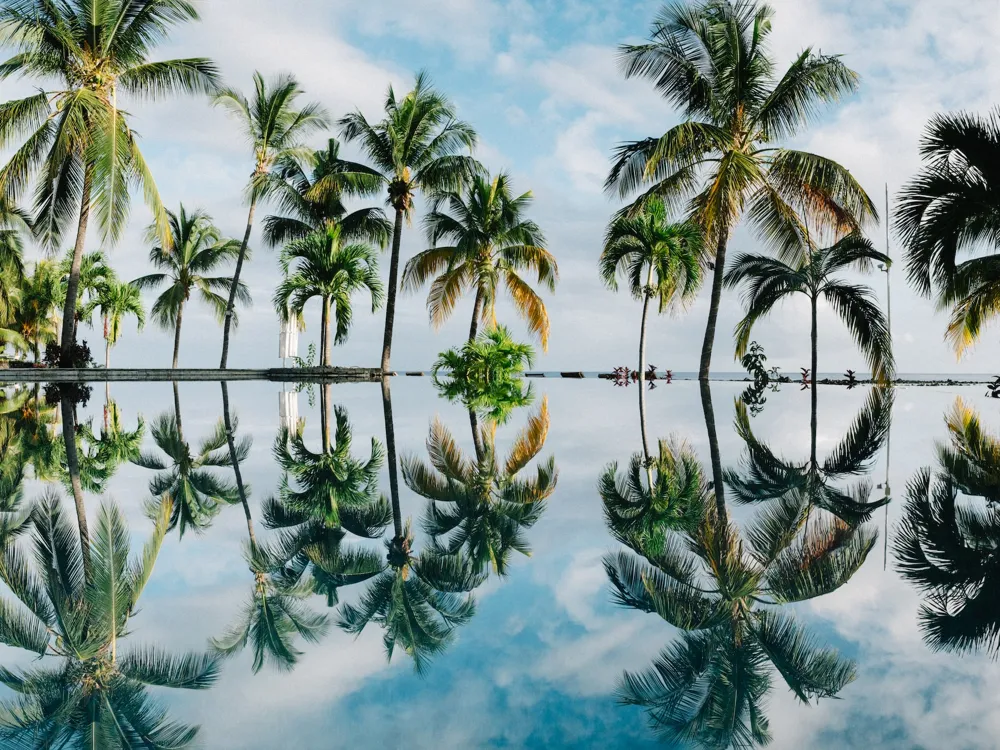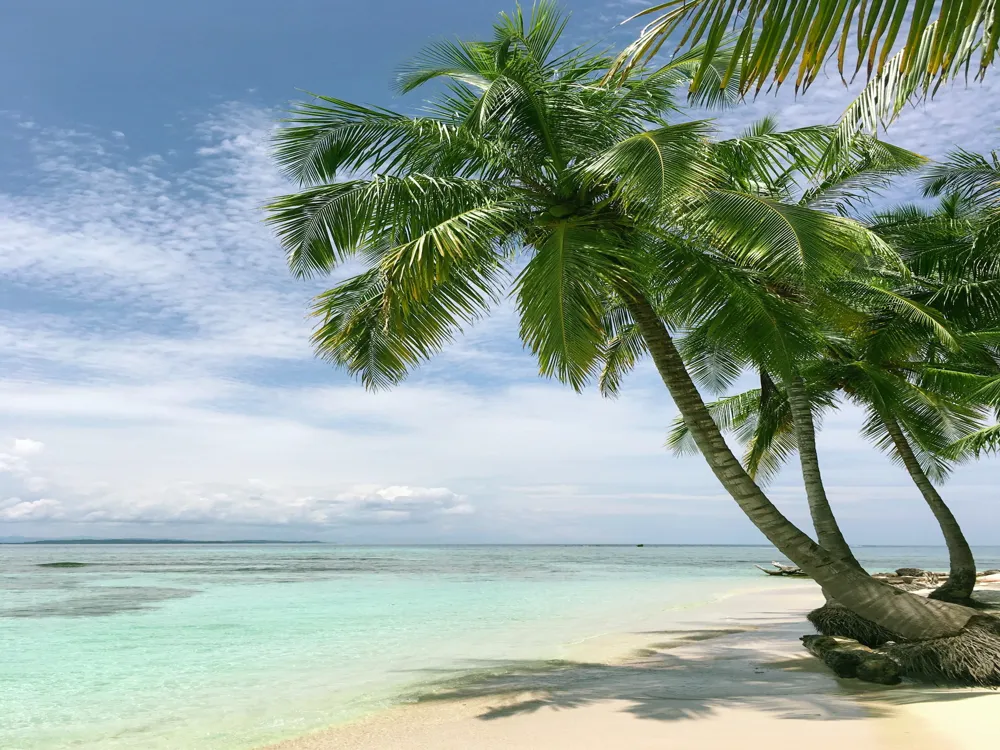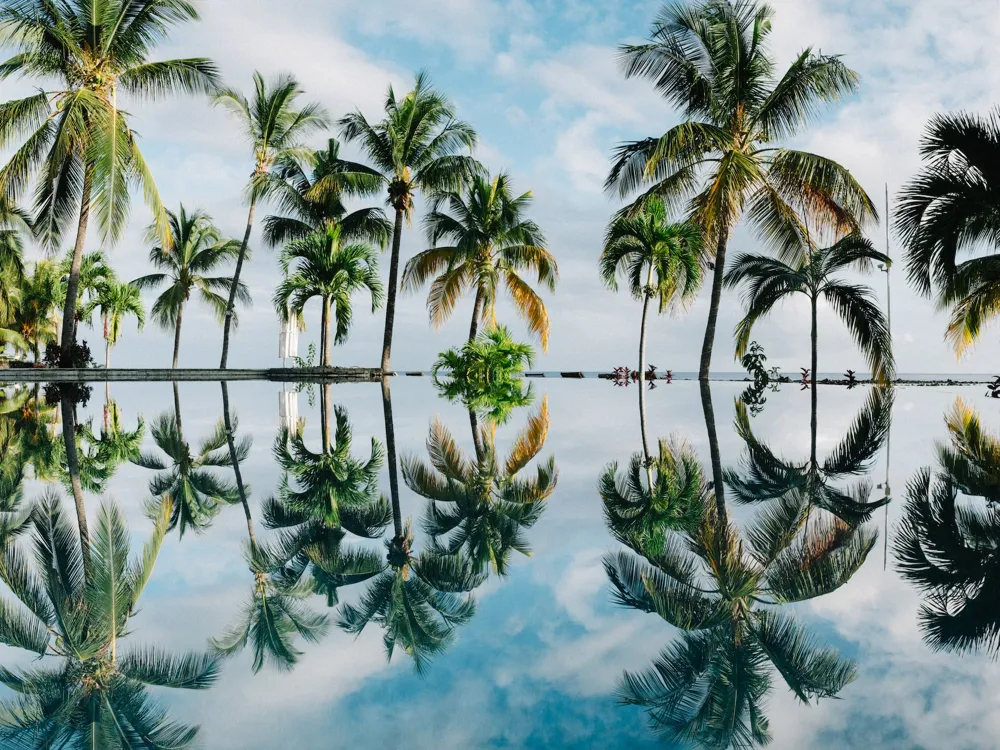Nestled in the picturesque locale of Vieux Grand Port in Mauritius, the Frederik Hendrik Museum stands as a testament to the island's rich and multifaceted history. Named after a Dutch prince, the museum is located in the oldest settlement in Mauritius, making it a place of significant historical value. The area, once a Dutch stronghold, is famed for its role in the early colonial history of the island. The Frederik Hendrik Museum is more than just a repository of artifacts; it is a gateway to understanding the complex layers of Mauritian history. It houses an extensive collection that encompasses the period of Dutch settlement in the 17th century. Visitors can explore a range of exhibits that tell the stories of the early settlers, their interactions with the indigenous population, and the impact of colonialism on the island's development. The museum also provides insights into the natural history of Mauritius, highlighting the unique flora and fauna of the region, some of which are now extinct. One of the most fascinating aspects of the museum is its dedication to archaeological findings from the area. These include remnants of the first Dutch fortifications, household items, and tools that offer a glimpse into the daily lives of the early colonists. The museum doesn't just focus on the Dutch period; it also explores the subsequent French and British colonial eras, providing a comprehensive narrative of Mauritius' past. Interactive displays, guided tours, and educational programs make the Frederik Hendrik Museum an engaging experience for visitors of all ages. Its role in preserving and interpreting the island's heritage makes it a must-visit destination for anyone interested in the cultural and historical tapestry of Mauritius. The architecture of the Frederik Hendrik Museum is as compelling as the artifacts it houses. Reflecting a blend of Dutch colonial and traditional Mauritian styles, the building itself is a piece of history. The museum is housed in a meticulously restored structure that was once part of the Dutch fortifications in the area. Its design is a testament to the architectural ingenuity of the early settlers and provides a fascinating backdrop to the exhibits inside. The building's exterior features characteristic Dutch colonial architectural elements, including gabled roofs and arched windows, which have been preserved to maintain their historic integrity. The interior, however, has been modernized to accommodate the museum's needs while retaining its historical charm. The use of local materials in the museum's construction, such as volcanic rock and wood, not only gives it a distinctly Mauritian feel but also speaks to the island's natural resources and their use in traditional building techniques. The museum's layout is thoughtfully designed to guide visitors through the different eras of Mauritian history. Each room is dedicated to a specific period, with the architecture and interior design subtly changing to reflect the changing times and influences. This immersive experience is enhanced by the natural lighting and open spaces that invite contemplation and appreciation of the artifacts on display. A notable feature of the museum is its integration with the surrounding landscape. The building is set amidst lush gardens that are home to native plants and trees, some of which are rare and endemic to Mauritius. This connection to nature not only enhances the aesthetic appeal of the museum but also reinforces its role in preserving the natural heritage of the island. Check the museum's opening hours and plan your visit accordingly. It's recommended to allocate at least 2-3 hours to fully explore the museum. Consider joining a guided tour for a more in-depth understanding of the museum's exhibits and the history of Mauritius. The weather can be warm and humid, so wear comfortable, light clothing and good walking shoes. Photography may be allowed, but check with the museum's policy first. Flash photography is usually prohibited to protect the artifacts. The museum often has activities for children, making it a family-friendly destination. Check the museum's accessibility options if you have specific needs. The Frederik Hendrik Museum is accessible via various modes of transportation. For those staying in Mauritius, driving to the museum is a convenient option, with ample parking available. If you prefer public transport, several bus routes pass near the museum, making it easily reachable from major towns and cities on the island. For international visitors, the nearest airport is the Sir Seewoosagur Ramgoolam International Airport. From there, you can hire a car, take a taxi, or use public transportation to reach the museum. It's advisable to check the local transport schedules and plan your route in advance. Read More:Overview of Frederik Hendrik Museum, Vieux Grand Port, Mauritius
Architecture of Frederik Hendrik Museum
Tips When Visiting Frederik Hendrik Museum
Plan Your Visit
Guided Tours
Dress Appropriately
Photography
Children's Activities
Accessibility
How To Reach Frederik Hendrik Museum
Frederik Hendrik Museum
Vieux Grand Port
Mauritius
₹ 24,899 onwards
View mauritius Packages
Weather :
Tags : Museum
Timings : Monday to Saturday (Except Wednesdays) – 9.00 AM to 4.00 PM
Wednesdays – 11.00 AM to 4.00 PM
Sundays – 9.00 AM to 12.00 PM
Public Holidays – Closed
Time Required : 3-4 hours
Entry Fee : No entry fee
Planning a Trip? Ask Your Question
Mauritius Travel Packages
View All Packages For Mauritius
Top Hotel Collections for Mauritius

Private Pool

Luxury Hotels

5-Star Hotels

Pet Friendly
Top Hotels Near Mauritius
Other Top Ranking Places In Mauritius
View All Places To Visit In mauritius
View mauritius Packages
Weather :
Tags : Museum
Timings : Monday to Saturday (Except Wednesdays) – 9.00 AM to 4.00 PM
Wednesdays – 11.00 AM to 4.00 PM
Sundays – 9.00 AM to 12.00 PM
Public Holidays – Closed
Time Required : 3-4 hours
Entry Fee : No entry fee
Planning a Trip? Ask Your Question
Mauritius Travel Packages
View All Packages For Mauritius
Top Hotel Collections for Mauritius

Private Pool

Luxury Hotels

5-Star Hotels

Pet Friendly







